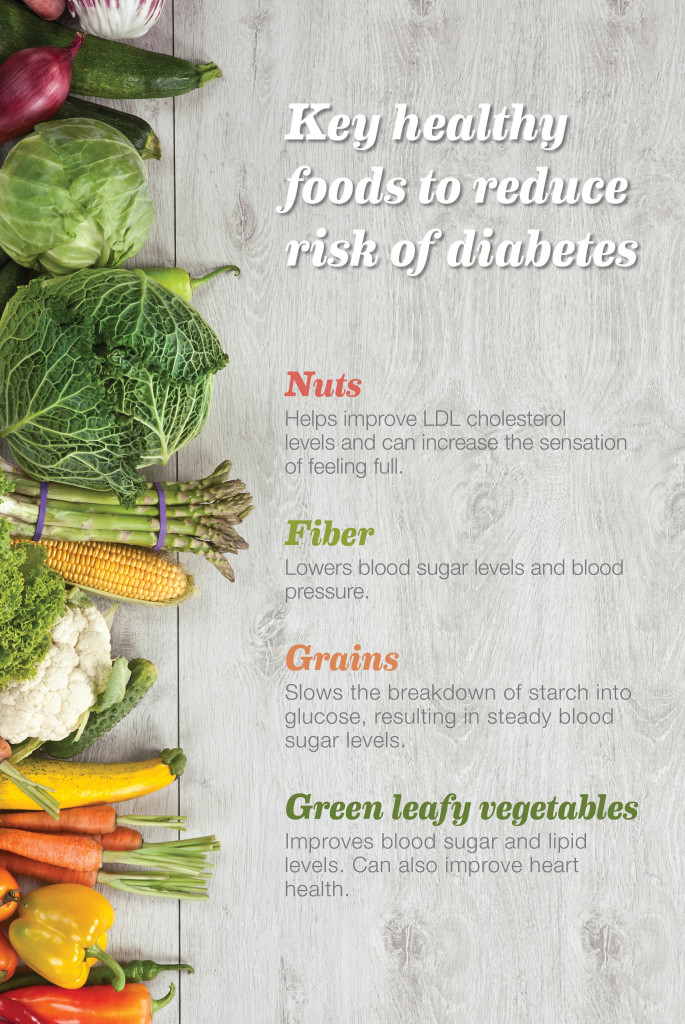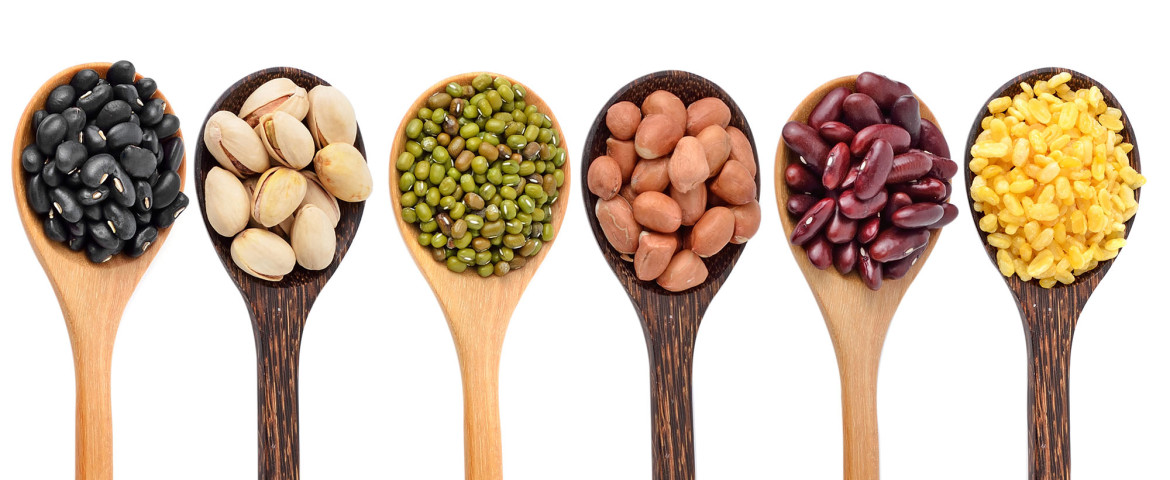According to a recent U.S. News & World Report article, 86 million adults have prediabetes, where their blood sugar (glucose) level is higher than normal, but has not yet reached the diabetes range. Just as startling, an estimated 29 million people in the U.S. have diabetes and 1 out of 4 people don’t know they have it.
The good news is there are many food options that help prevent or manage diabetes. Here’s my prescription for the best foods to add to your diet – whether you have diabetes or are looking to improve your eating habits:

Nuts
Almonds are a nutritious nut that has many benefits to boost overall health. They are packed with protein, antioxidants, vitamins, minerals and omega-3 fatty acids. However, almonds are a high-fat food, so it is important to limit your intake.
Benefits: Almonds helps reduce the risk of type 2 diabetes and heart disease by decreasing blood sugar concentrations and increasing the sensation of feeling full while eating. They also improve LDL cholesterol levels and measures of insulin sensitivity in individuals with prediabetes.
Dosage: One ounce, which is equal to one handful or about 23 whole, shelled nuts.
Fiber
Found in fruits, vegetables, whole grains and legumes.
Benefits: An increase of fiber intake lowers blood pressure and cholesterol levels. Increased intake also improves blood sugar levels and insulin sensitivity in prediabetic and diabetic individuals. It also significantly enhances weight loss.
Dosage: 25 grams daily for women and 38 grams for men. (After age 50, the daily recommended amount drops to 25 grams for women and 30 grams for men.)
Sources: Beans, whole grains, baked potato with skin, berries, bran cereals and vegetables.
Grains
Whole grains contain bran and germ, which is usually removed with milling from refined grains. They are loaded with fiber, protein, antioxidants, vitamins and minerals. Studies have shown people who ate an extra two servings per day lowered their risk for type 2 diabetes by 21 percent.
Benefits: The bran and fiber in whole grain slows the breakdown of starch into glucose resulting in a steady blood sugar with less sharp spikes. Eating whole instead of refined grains substantially lowers total cholesterol, LDL, triglycerides and insulin levels. Consumption of whole grains can also result in less belly fat.
Dosage: The minimum recommended daily amount is 48 grams.
Sources: Brown rice, cracked wheat, steel-cut oatmeal, popcorn, whole-grain breakfast cereals, whole-wheat breads, pastas and crackers.
Green Leafy Vegetables
Spinach is low in calories and carbohydrates. This superfood contains antioxidants, vitamins, iron, phytonutrients and fiber.
Benefits: It counteracts components of metabolic syndrome such as high blood pressure and high blood sugar levels. Eating spinach also lowers risk for osteoporosis, heart disease, arthritis and some cancers.
Dosage: 200 grams per day, which is about one cup or 7.9 ounces of raw spinach and one-half cup for cooked spinach.
Kale is also a superfood that is known as the most nutrient-dense food on the planet. Surprisingly, it contains more vitamin C than an average size orange.
Benefits: Improves blood sugar and lipid levels. In type 2 diabetes, eating kale helps improve insulin levels. It contains alpha-lipoic acid, an antioxidant that has been proven to decrease peripheral neuropathy. Eating kale also improves heart health while lowering the risk for some cancers.
Dosage: 200 grams per day, which is about one cup or 7.9 ounces of raw Kale and one-half cup for cooked Kale.


